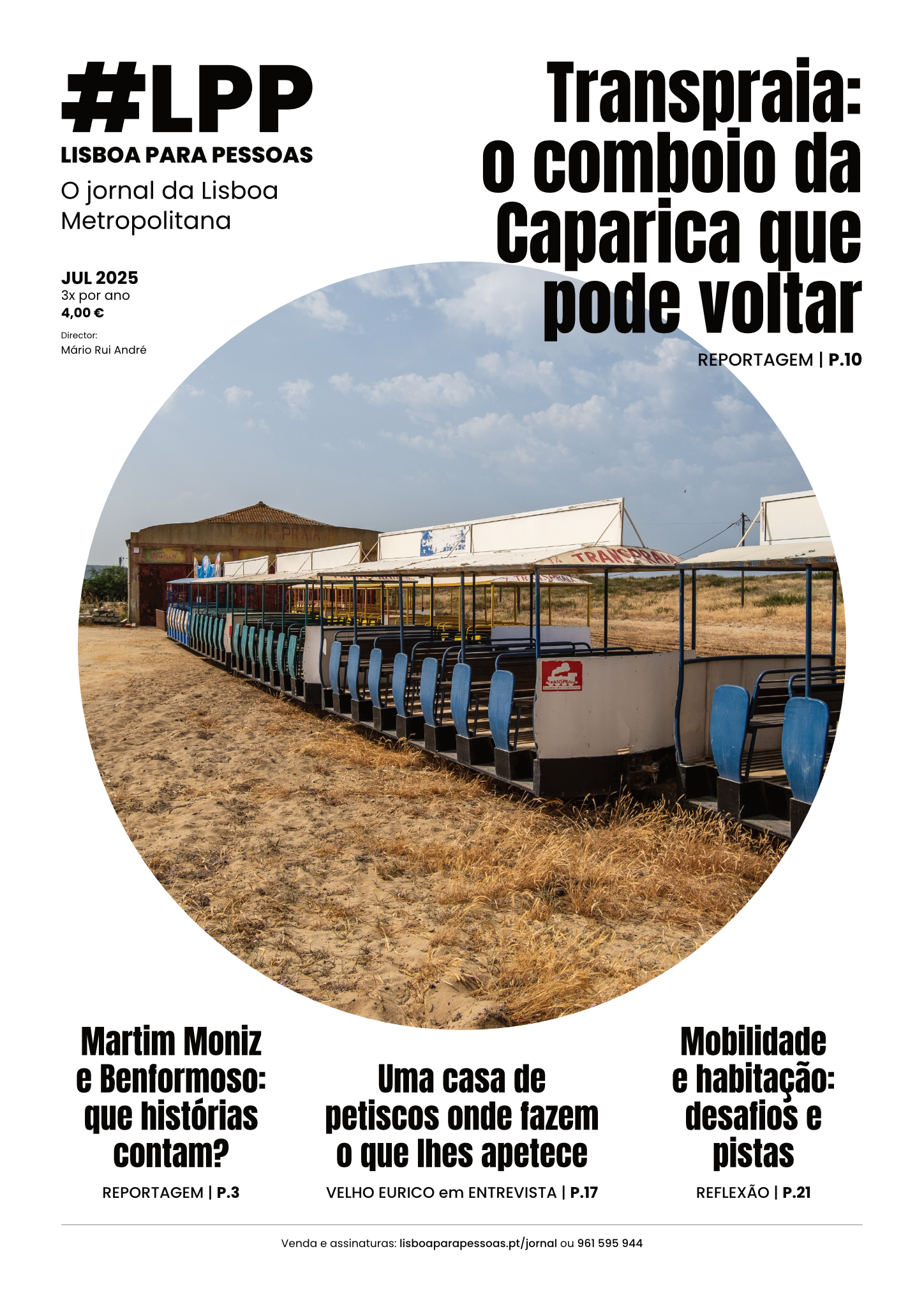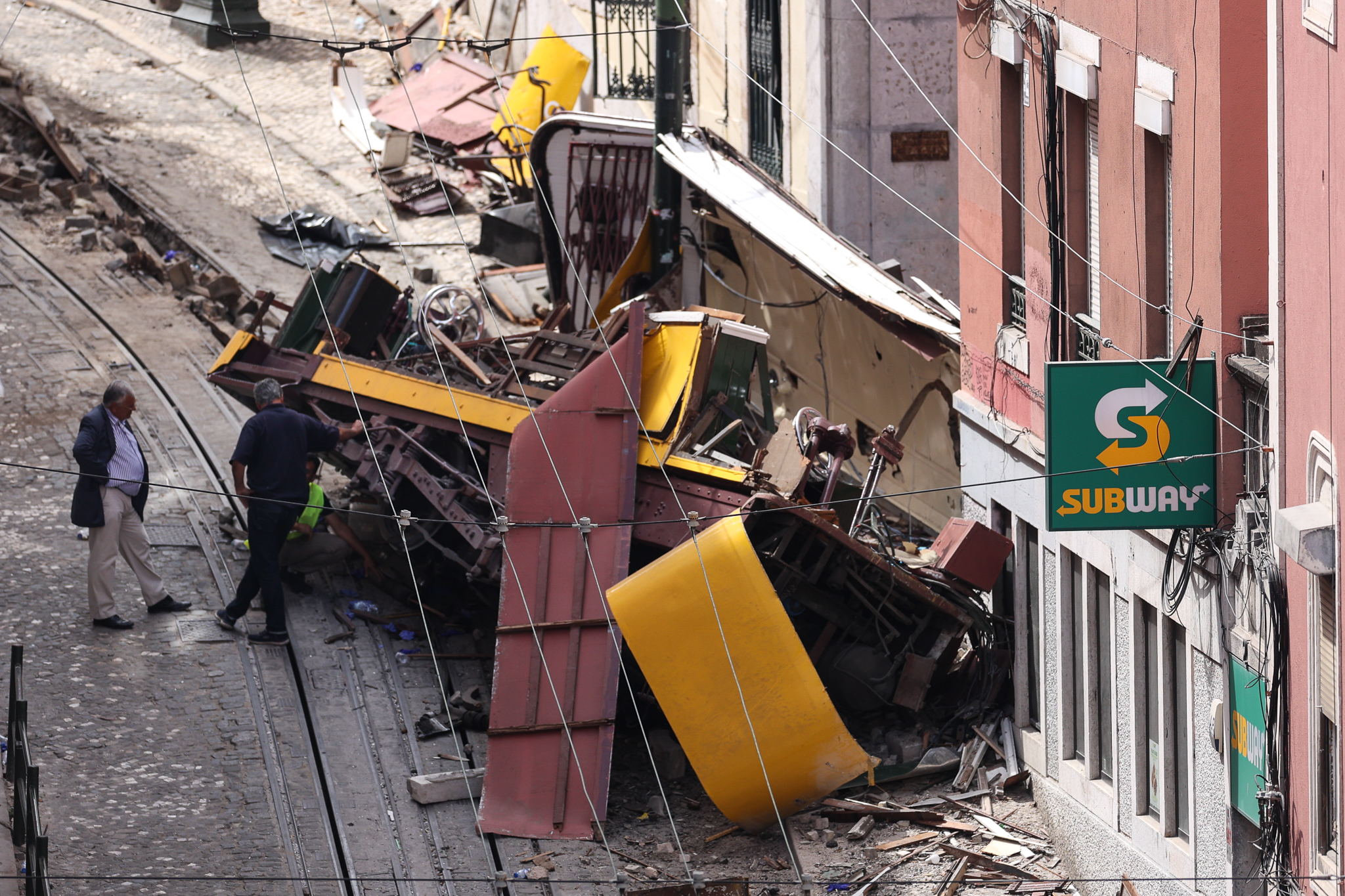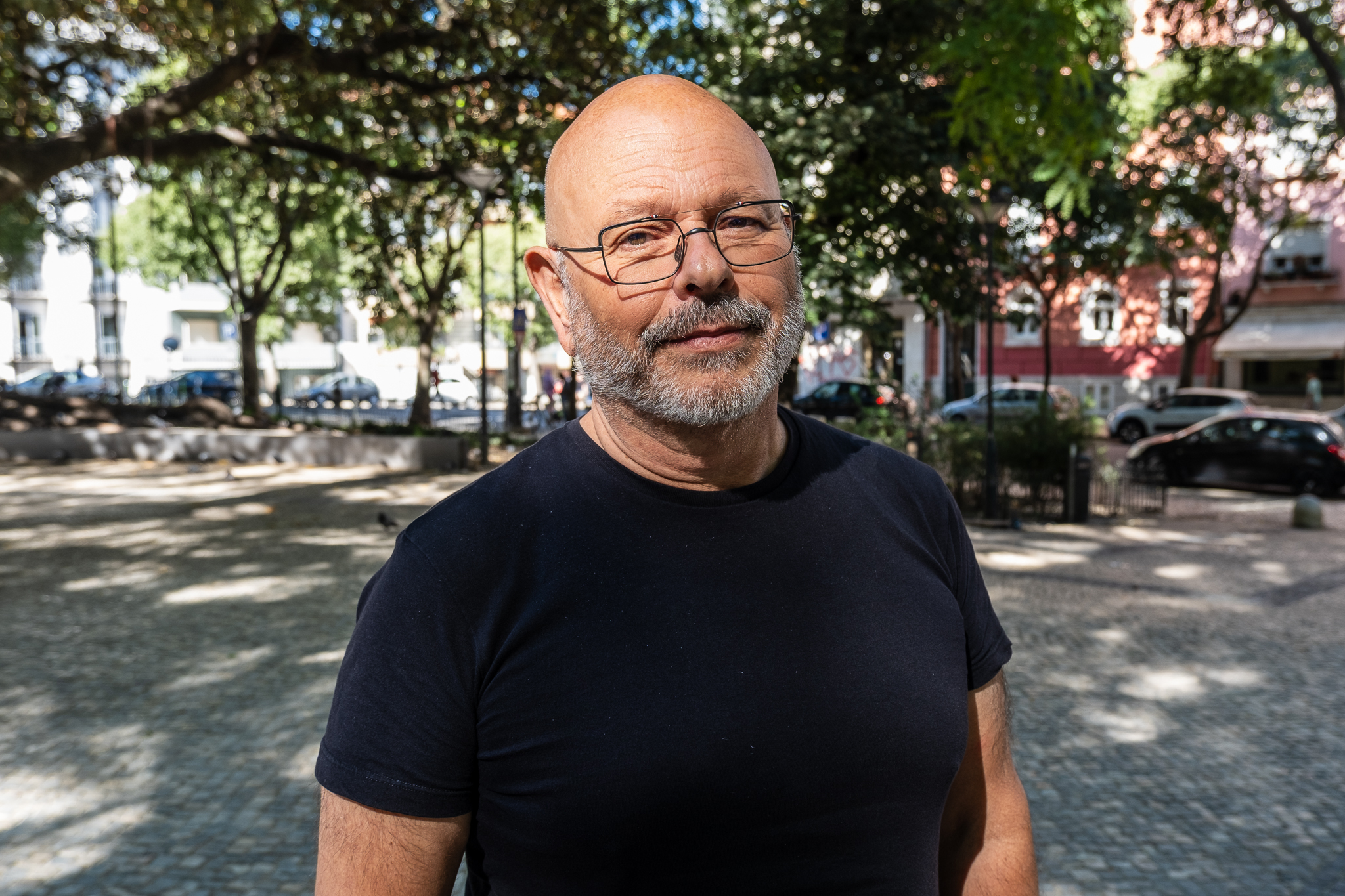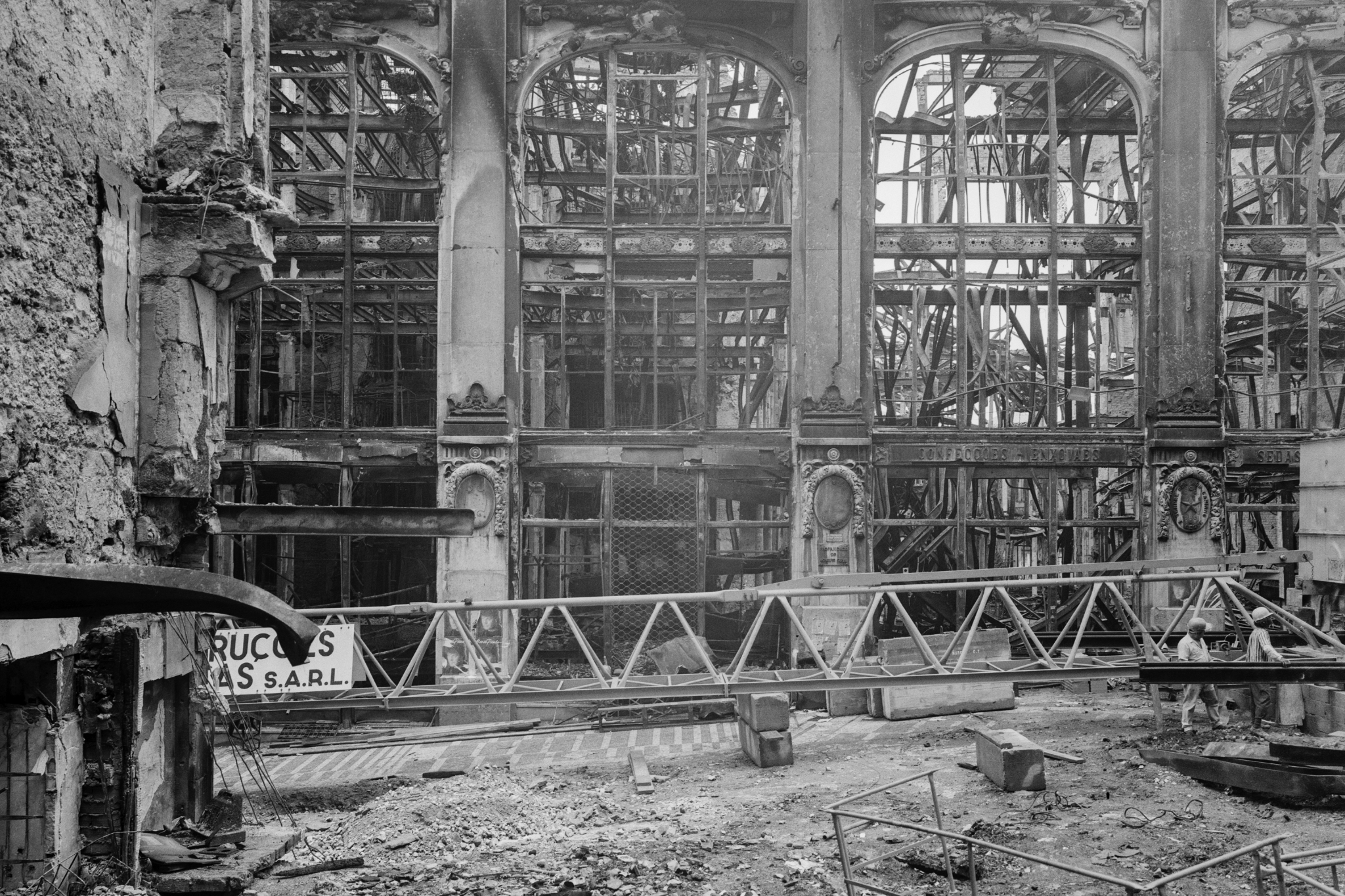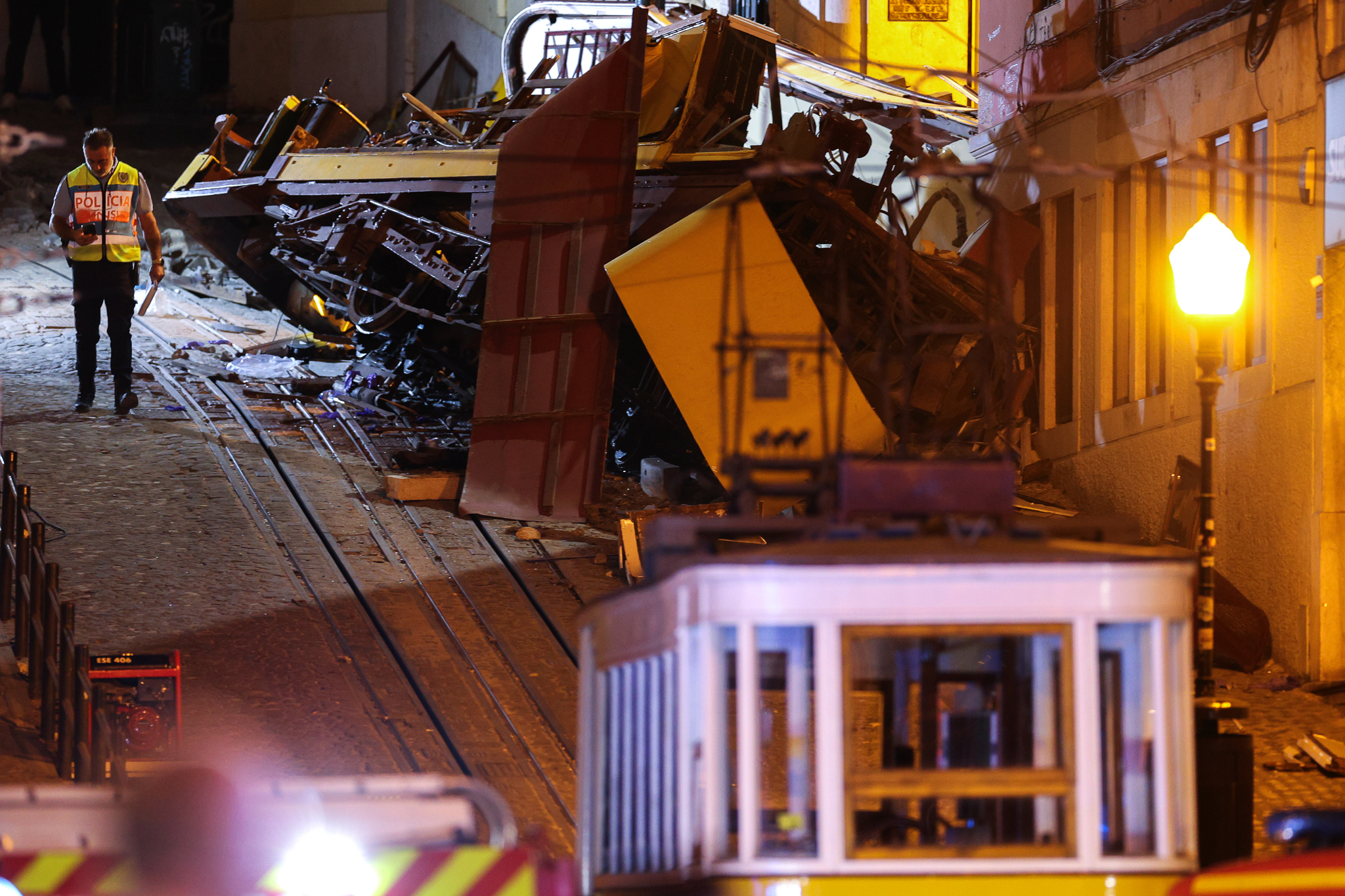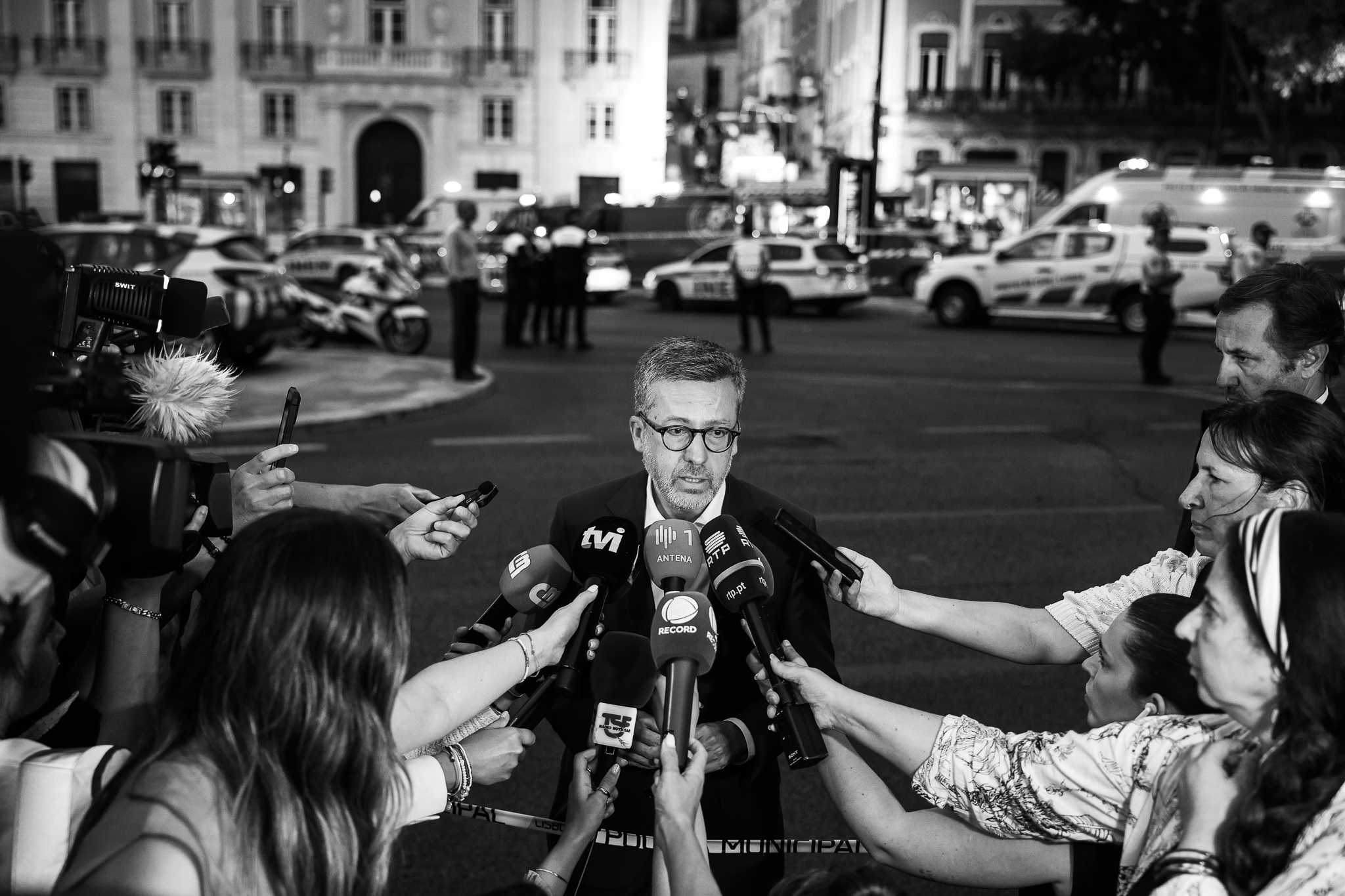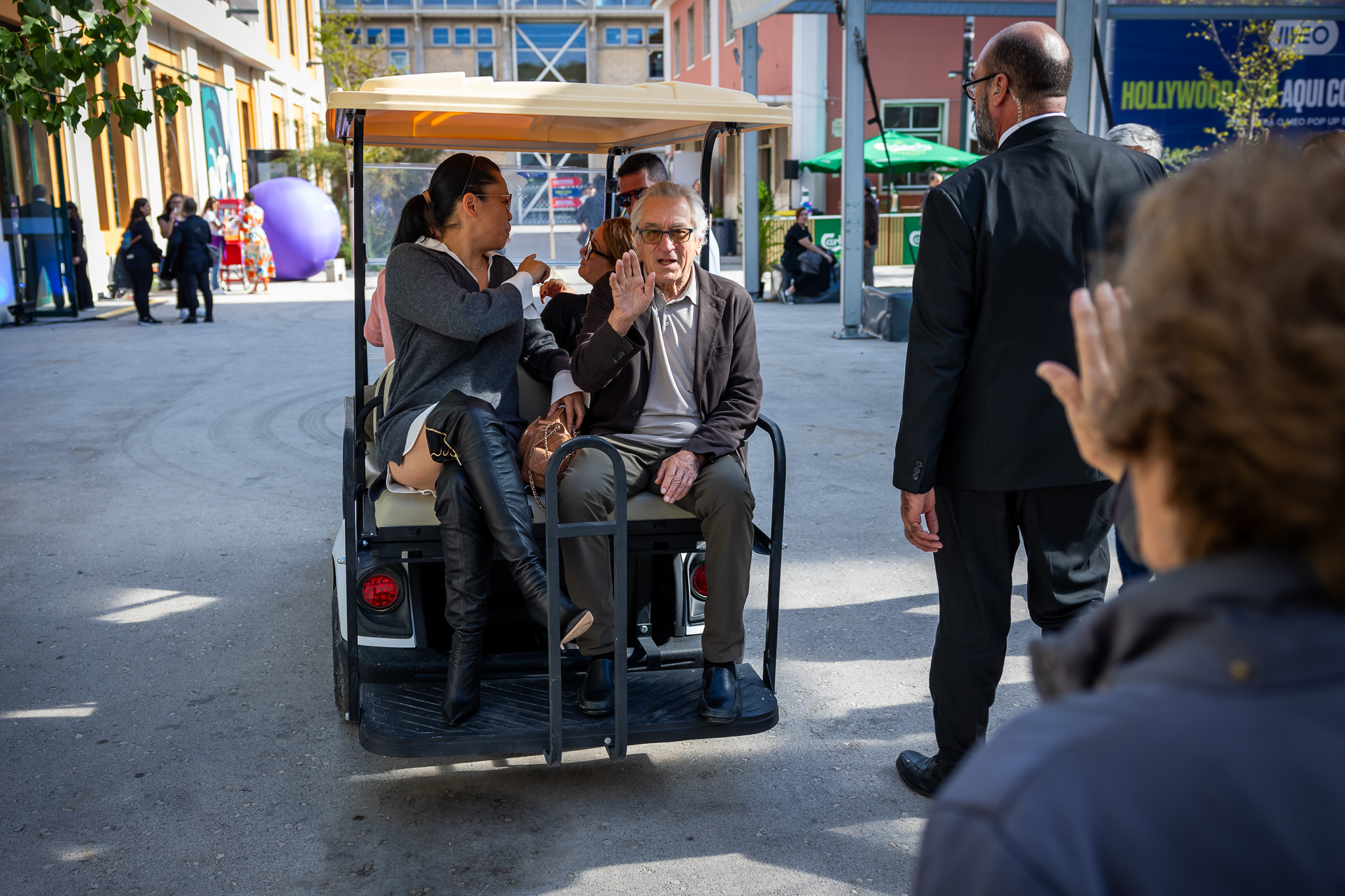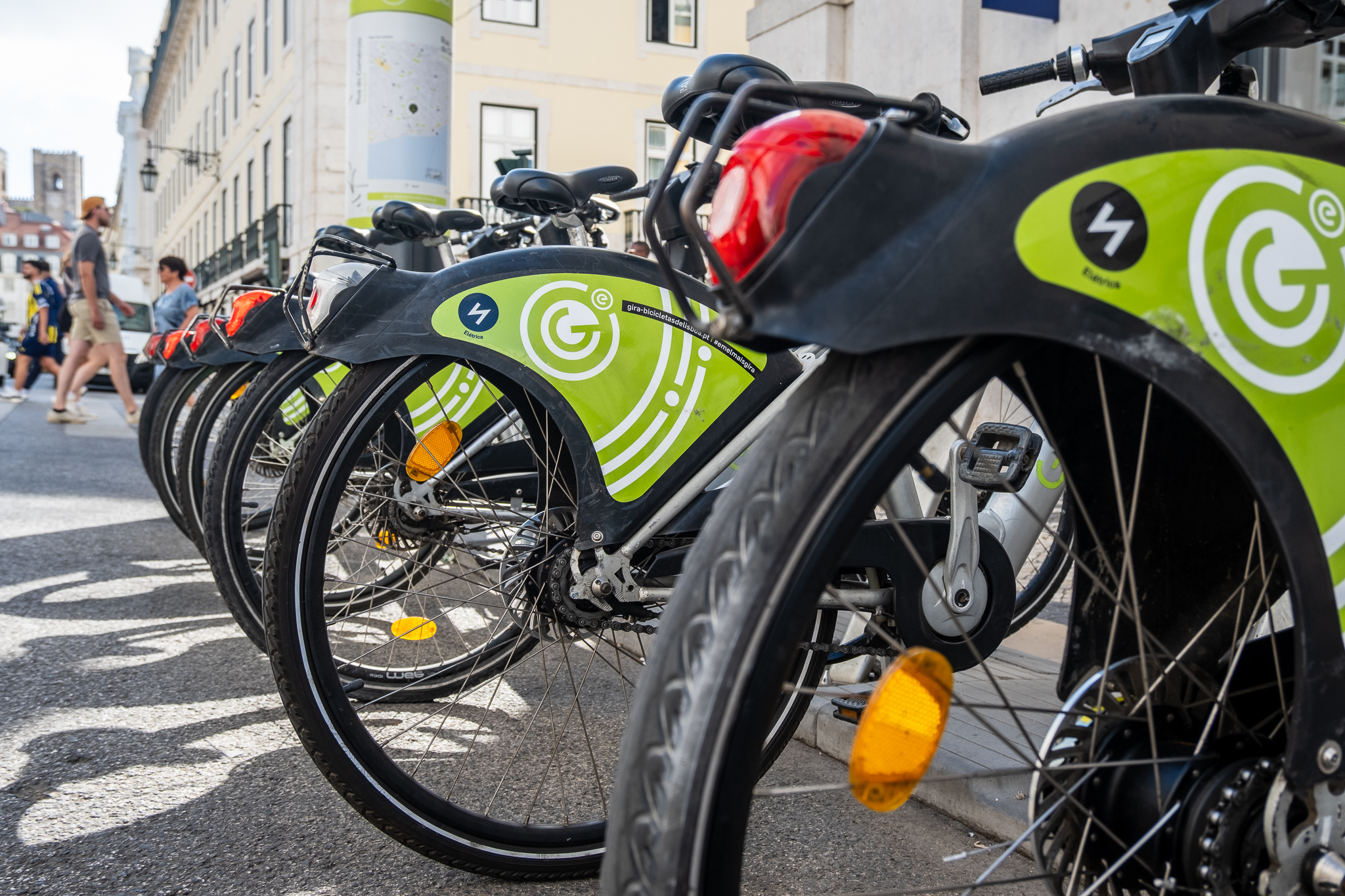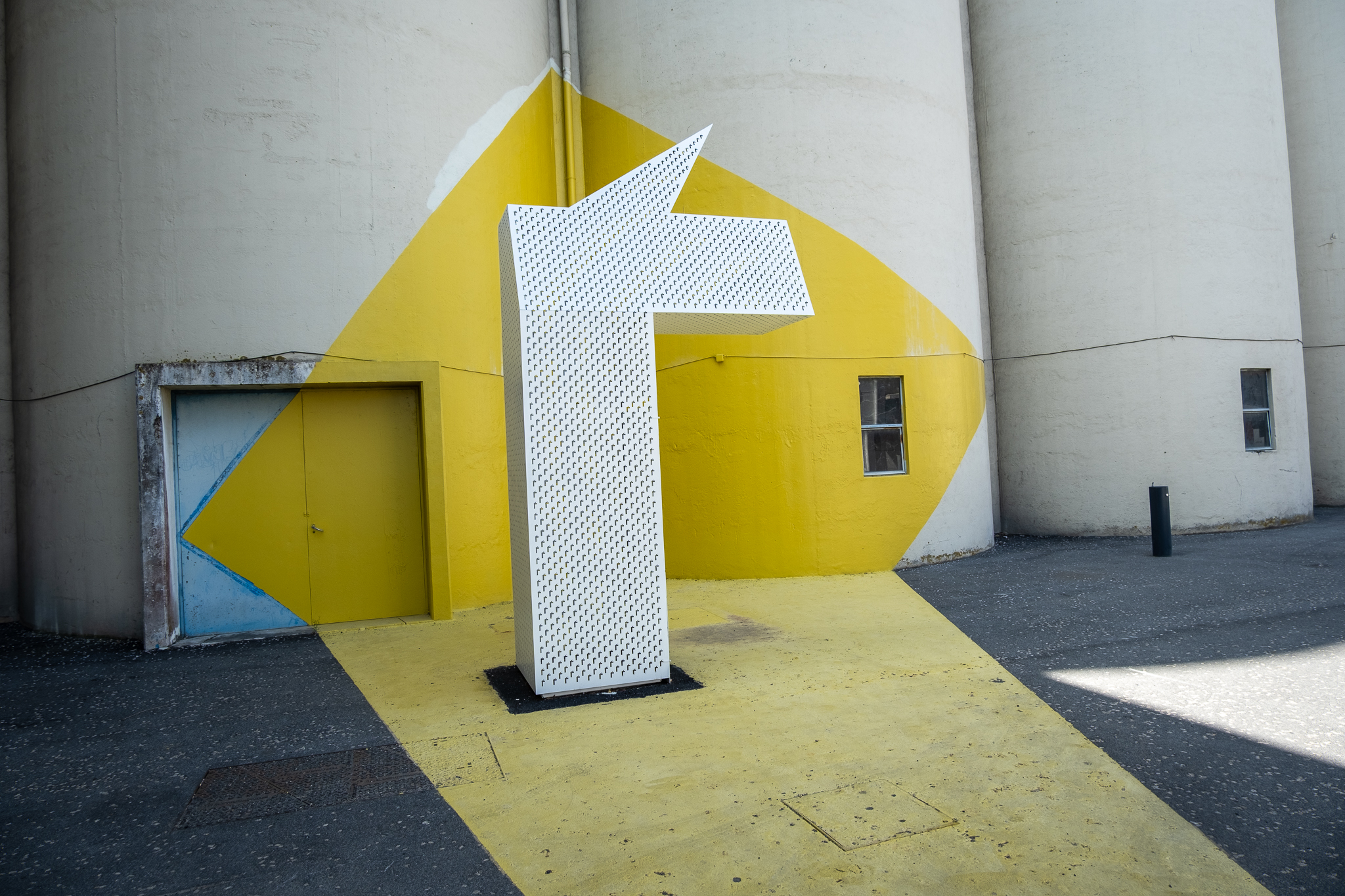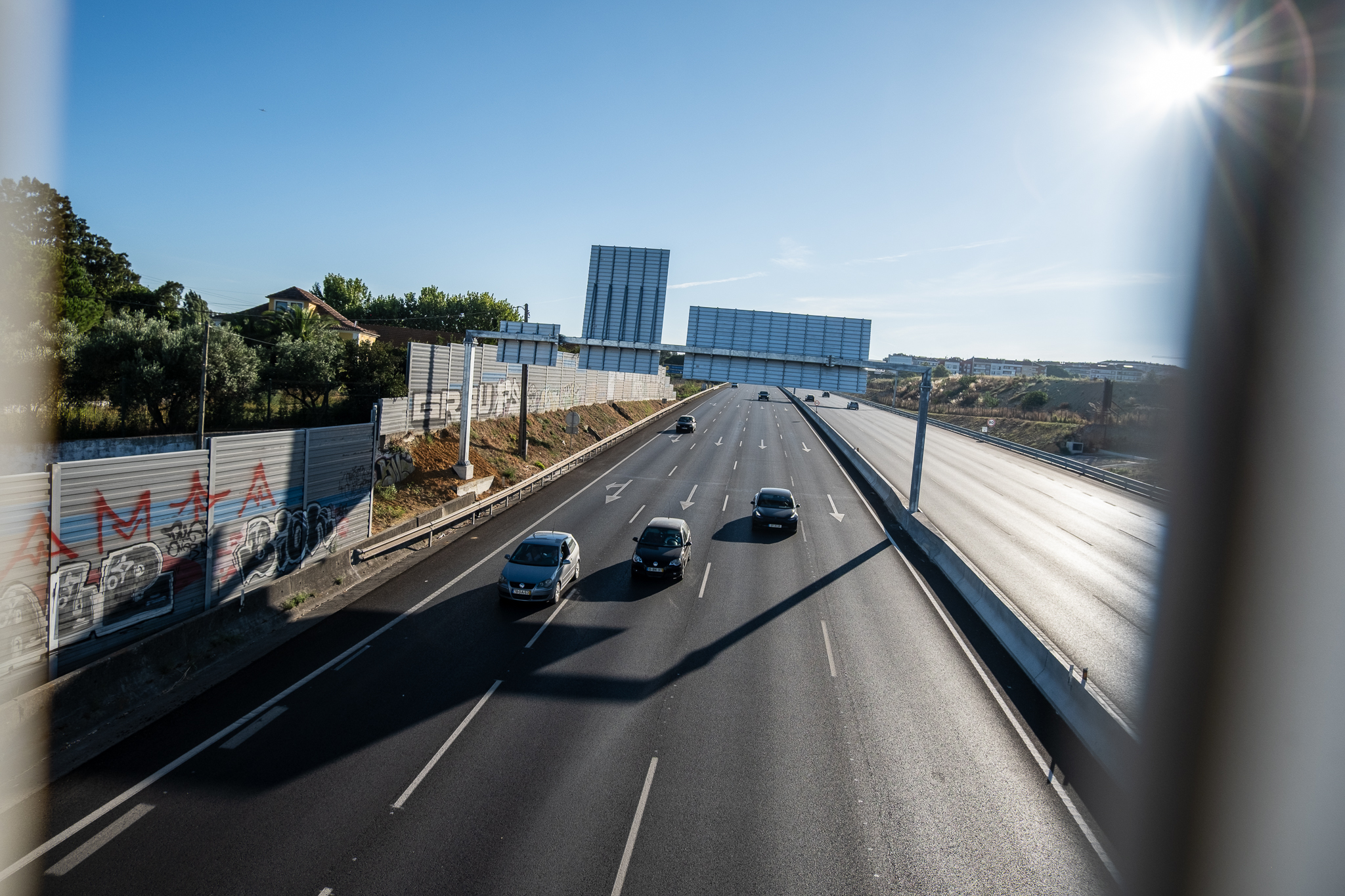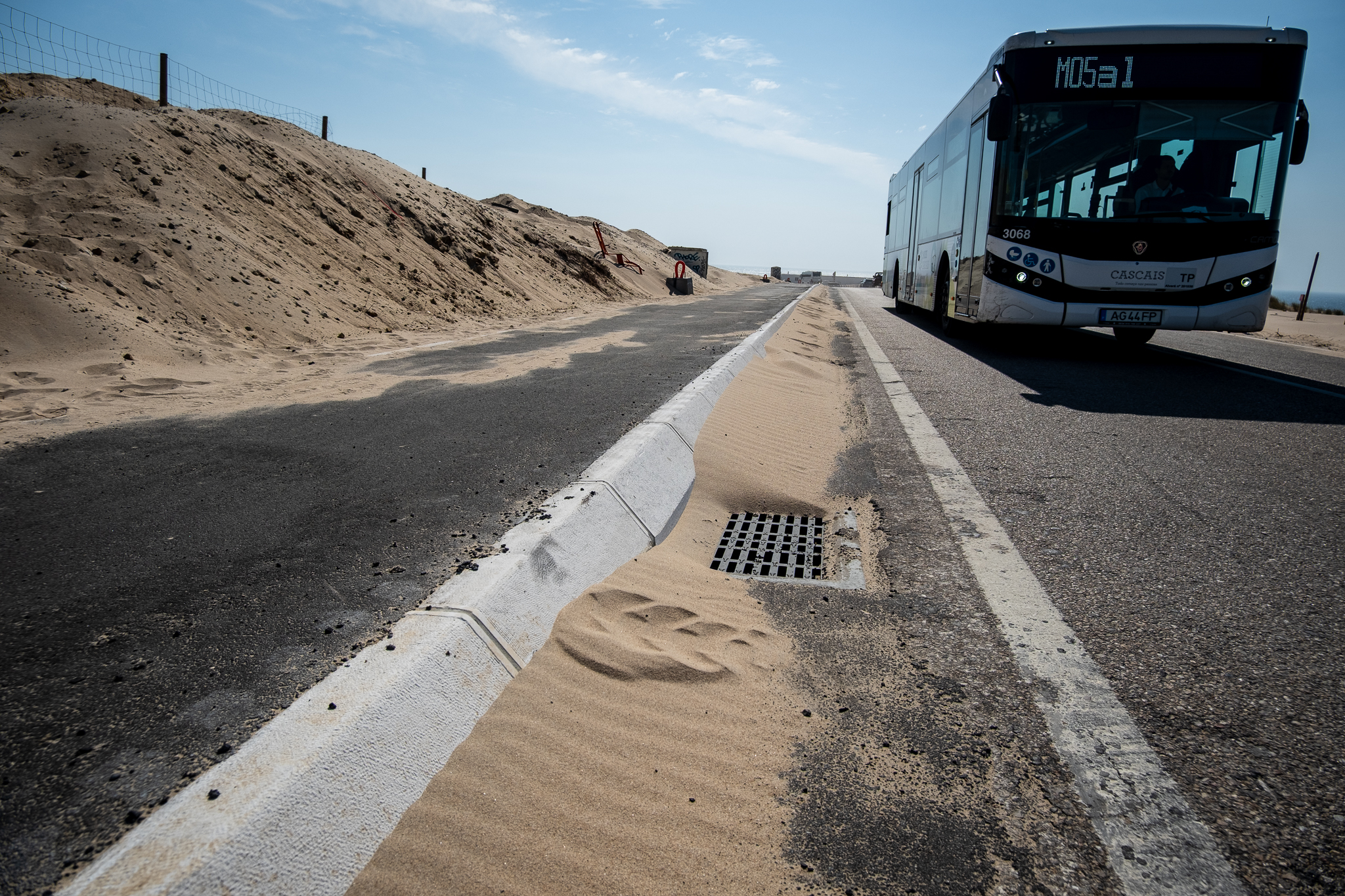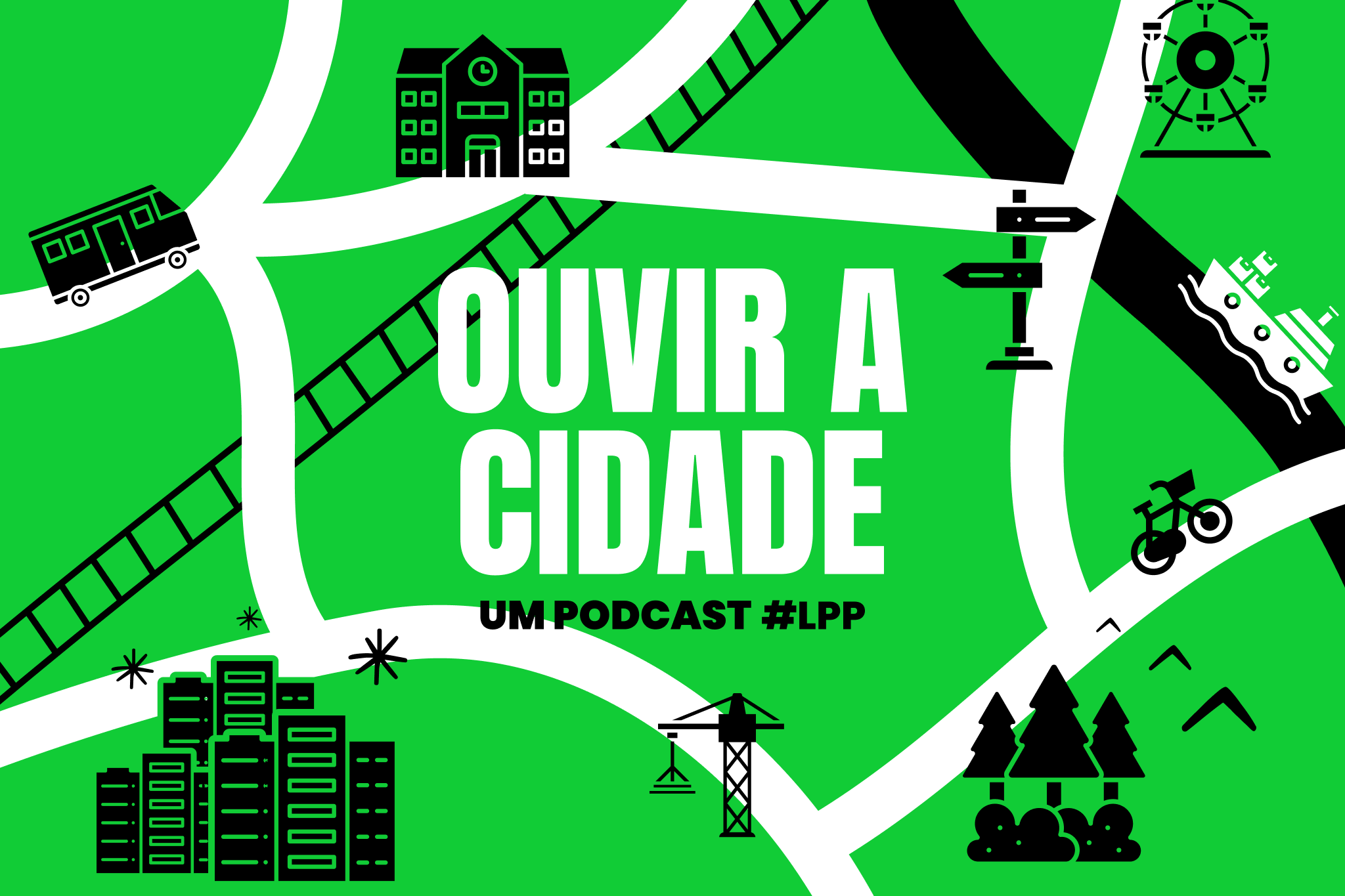TML allows for the merging of different lines that end up being very identical and can be variants of the same line, rather than a separate line.
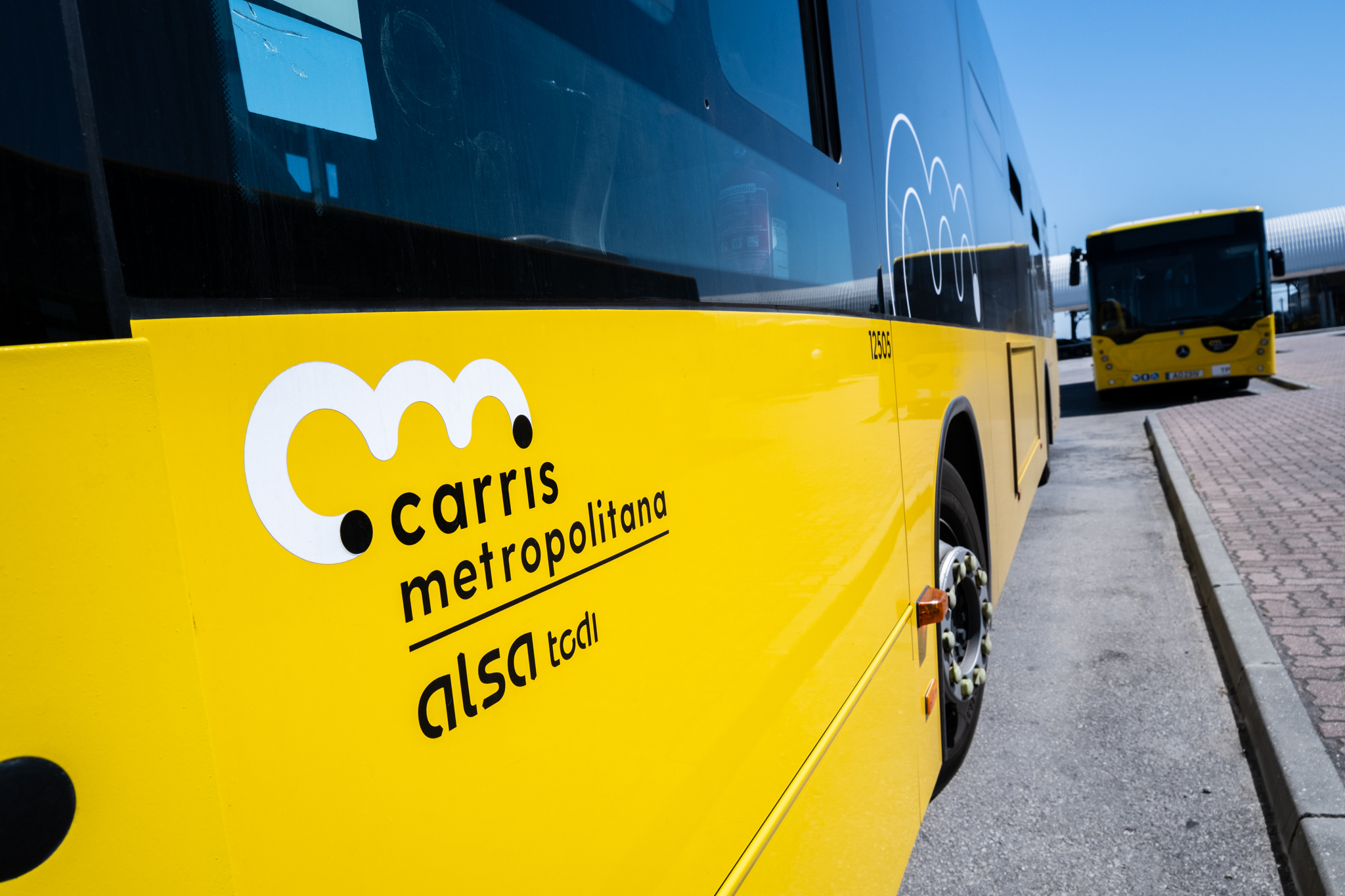
After a very complicated start, and with a year of operation on the South Bank already consummated, Carris Metropolitana now looks to the next steps. One of them is the simplification of the existing network and linesmainly on the South Bank. On the table will be merging different lines that turn out to be very identical and may be variants of the same line rather than a separate line, admits TML
"Now that everything is more stable, and assuming there is still further to go, it is working to simplify the network and lines while maintaining the existing service.", indicates Transportes Metropolitanos de Lisboa (TML, responsible for the operation of Carris Metropolitana. "TML is committed to moving forward with a process of simplifying the existing network and lines. To move forward with this simplification, it is necessary to analyze the network in detail and measure the different impacts of each possible change. It is on the basis of this analysis that we will be in a position to merge different lines which turn out to be very identical to each other and which can be thought of as variants of the same line and, at the same time, in other cases, to create variants of lines where they do not exist when they are found to be necessary. This simplification process will always aim at the best reading and optimization of existing services"., explains that entity to LPP.

The launch of Carris Metropolitana on the North Bank earlier this year was different from that on the South Bank. Instead of creating lines with different numbering to indicate variations in bus service (e.g. a different route), it was decided to create single lines with several variants on the North Bank. For example, lines 1113, 1114 and 1116, which were planned as independent lines, were transformed into variants of 1115 before the launch of Carris Metropolitana in the municipality of Oeiras - these are lines that would have an identical route but each would have fewer circulations, so it made more sense to integrate all the variations of the offer under the same number. In the South Margin, there have already been some mergers since the start of the operation in the summer of 2022, such as line 4561 which was joined to line 4560, or 3116 which was merged with 3115.
On the other hand, there may also be lines with too many variants. This may be the case, for example, with line 2750, which has eight different variants. If historically public road transport in the Lisbon metropolitan area has always operated with variants, it will be necessary to understand the maximum number of variants that the same line can have, allowing passengers to easily read the service without getting lost in the lines.
Monitor network to strengthen service. Missing lines to be launched from September onwards
Carris Metropolitana has several lines that were not launched, despite being included in the initial plans. TML and the four private operators have been putting in place new lines gradually, such as the 3005, a bus that runs a circular service in Almada Velha. "From September, the remaining lines planned for Area 3 are expected to enter"indicates to LPP, adding that "TML has chosen to reinforce service in areas and locations where people are found to need it, rather than in previously identified locations". "As we are on the ground on a daily basis, permanently monitoring the operation, we are faced with needs that require a more immediate response that was not initially foreseen. This does not mean that other lines will not operate, but, as is publicly known, the intensive need for drivers did not allow the whole network to be implemented, particularly in Area 3. Even so, new lines have been implemented and existing lines are monitored and adjusted/reinforced with new schedules, according to the needs detected."he explains.
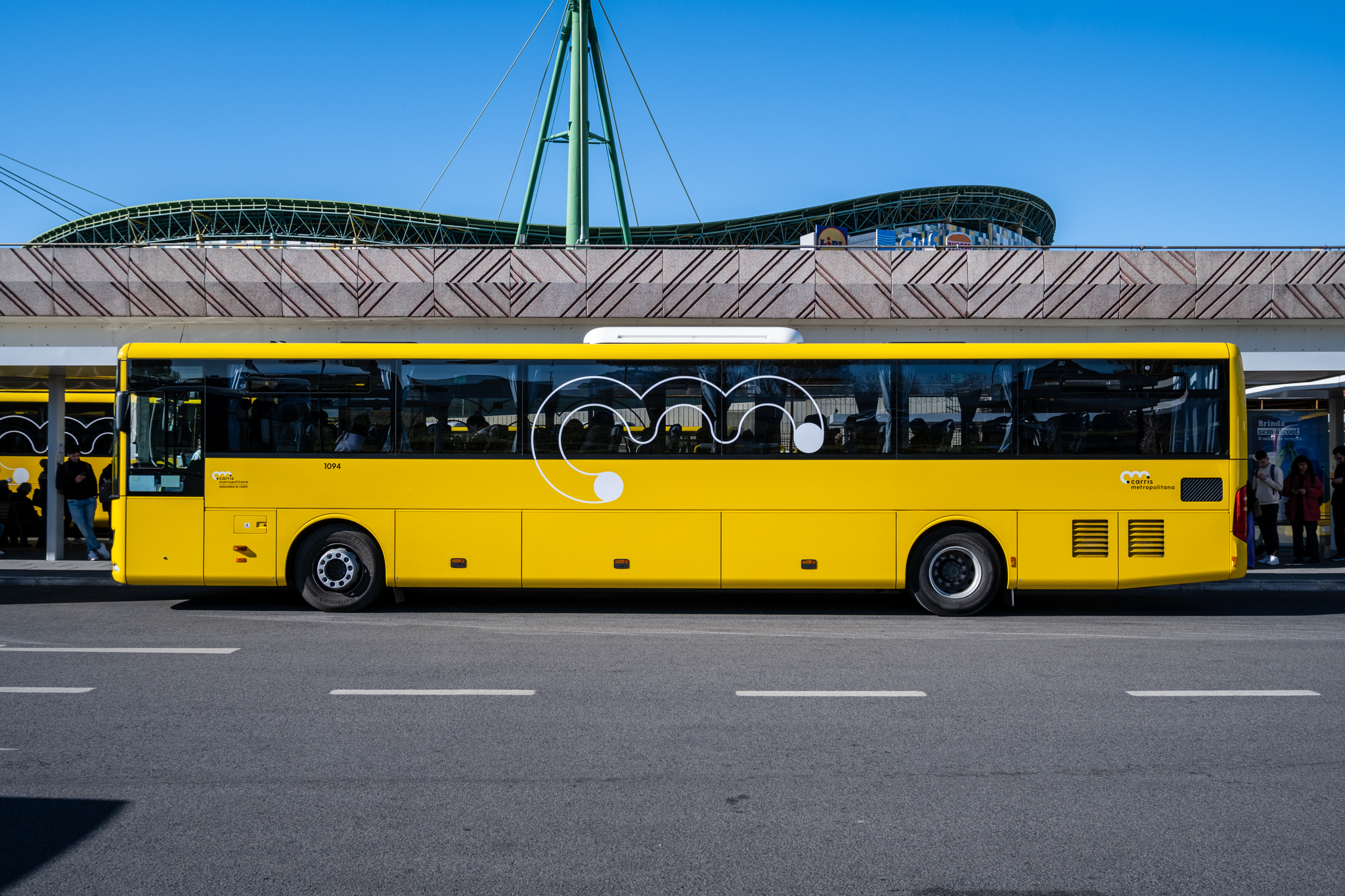
TML says that it is monitoring the network already in operation not only through the technological platform (where it can already check bus circulations in real time, and their validations) but also with the teams it already has on the ground. "Even though not all the lines foreseen in the process are yet in operation, the current kilometer production is already close to the target benchmark, as a result of the various interventions in the network that have increased the transport service on the lines in operation. The entry of new lines remains dependent on the allocation of new resources that have also been allowing the reinforcements made, in response to the increase in demand."
On the other hand, additional effort and work is also being undertaken by TML to ensure the stability of school timetables at school entry and exit times. Changes to these timetables always have implications for the stability of bus service timetables. Meetings are being held with the school groups and the various local councils to try to anticipate and ensure the greatest possible stability from September, when the new school year starts.
By way of example, Carris Metropolitana states that guarantees today 130% more service in Palmela than what was previously (2018) provided by the different operators, in what is perhaps the most complex transport operation in the country.. The Carris Metropolitana service operated in Palmela and particularly throughout Area 4, is better today than before the entry into force of the new road operation that came to connect the transport of the 18 municipalities of amL, assured Rui Lopo, administrator of Transportes Metropolitanos de Lisboa, at a recent meeting of the Local Mobility Council held in Palmela. Alsa Todi, the operator providing the service in Area 4, has said also that it has achieved stability after a bumpy start - a claim that passengers acknowledge.
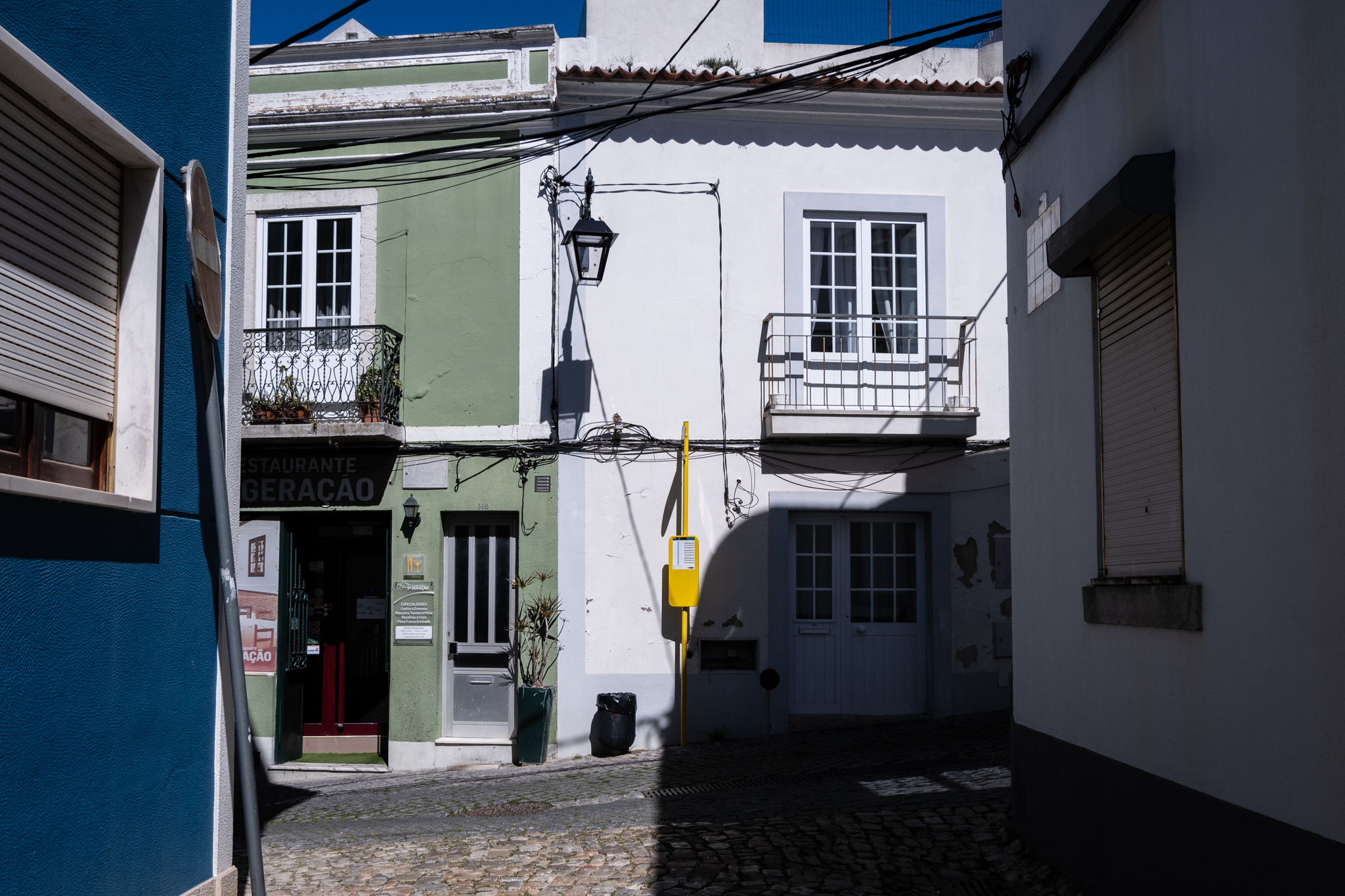
May was the month with the highest number of passengers carried on Carris Metropolitana, with approximately 13 million trips made in all areas of operation. Carris Metropolitana has more than 12,000 bus stops, 20,000 daily services and 800 lines, across more than 3,000 square kilometers of the Lisbon metropolitan area; and it has created the need for many hundreds of new driver jobs - a matter in which there have been several difficulties.
Technology side of Carris Metropolitana is behind schedule but developing
O technology side of Carris Metropolitana is delayed but TML says it is still in development. We're talking about real-time timetables for all Carris Metropolitana buses - with that information made available to the public, passengers will be able, through apps like Google Maps or Moovit, to know exactly where the bus is and how long it will take to get to the stop. We are also talking about the possibility of paying for trips on Carris Metropolitana with the bank card or other technology contactlesssuch as Apple Pay, similar to what already exists in the Lisbon Metro and in Fertagus.
We are also talking about two mobile apps. One of them will be for the Navigator and will allow you to have the pass in digital format, make recharges, manage the passenger account, and will also have a trip planner that should integrate all transport in the metropolitan area. The other app will be dedicated to Metropolitan Railway. We also talk about the Navegante portal, recently launchedThe new service, which is still under development, will allow you to buy the pass or top up in the future, as will be possible on the mobile app. Also in the plans is the service Navegante CompaniesThis will allow collective entities (including associations) to purchase and manage Navegante passes/cards for their teams. "We would like all these new features to gradually become a reality, starting from the third quarter of this year.", indicated the TML to the LPP.

As for the outdoor panels already installed on the South Bank next to Carris Metropolitana stops, to also show bus arrival times in real time, the company envisages "enter testing phase during August". The panels on the North Bank are now starting to be installed. In total, there will be 370 outdoor panels and 50 indoor panels throughout the Lisbon metropolitan areacarried out by the company DMS - Displays & Mobility Solutions, Lda.which won, in 2021, the international public tender 1.8 million. As for the indoor panels, which will be placed in train stations and other passenger crossing points, "the installation process will take a little longer as it is dependent on licensing issues and approvals from other stakeholders" - such as Infraestruturas de Portugal (IP), which manages the country's railway infrastructure and also the metropolitan area.
